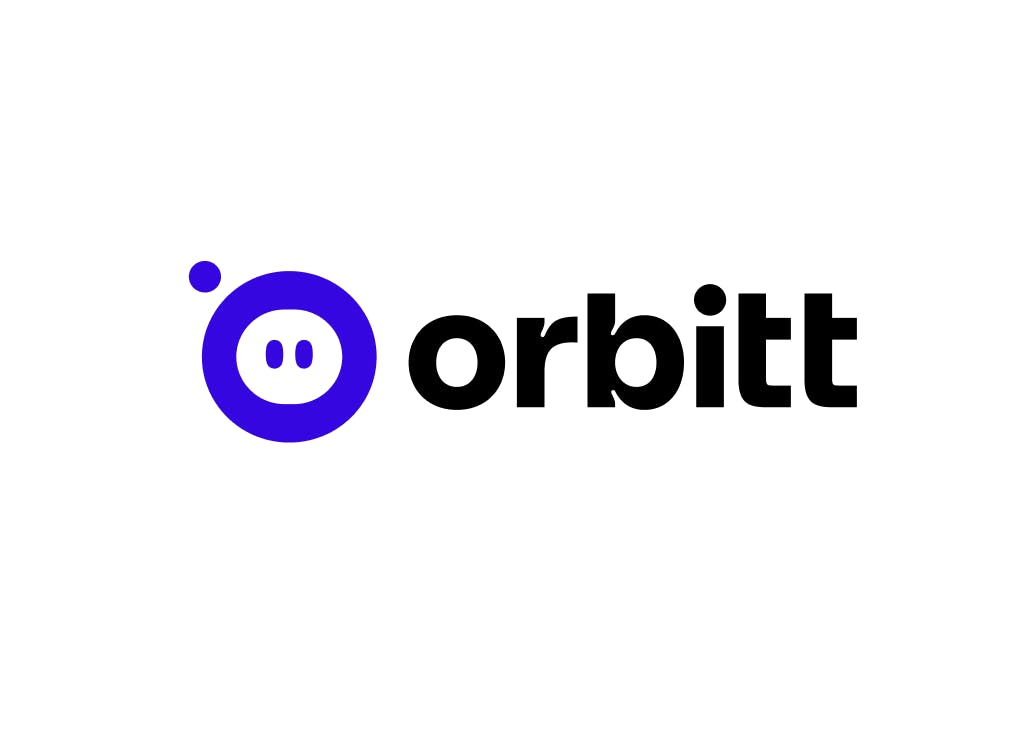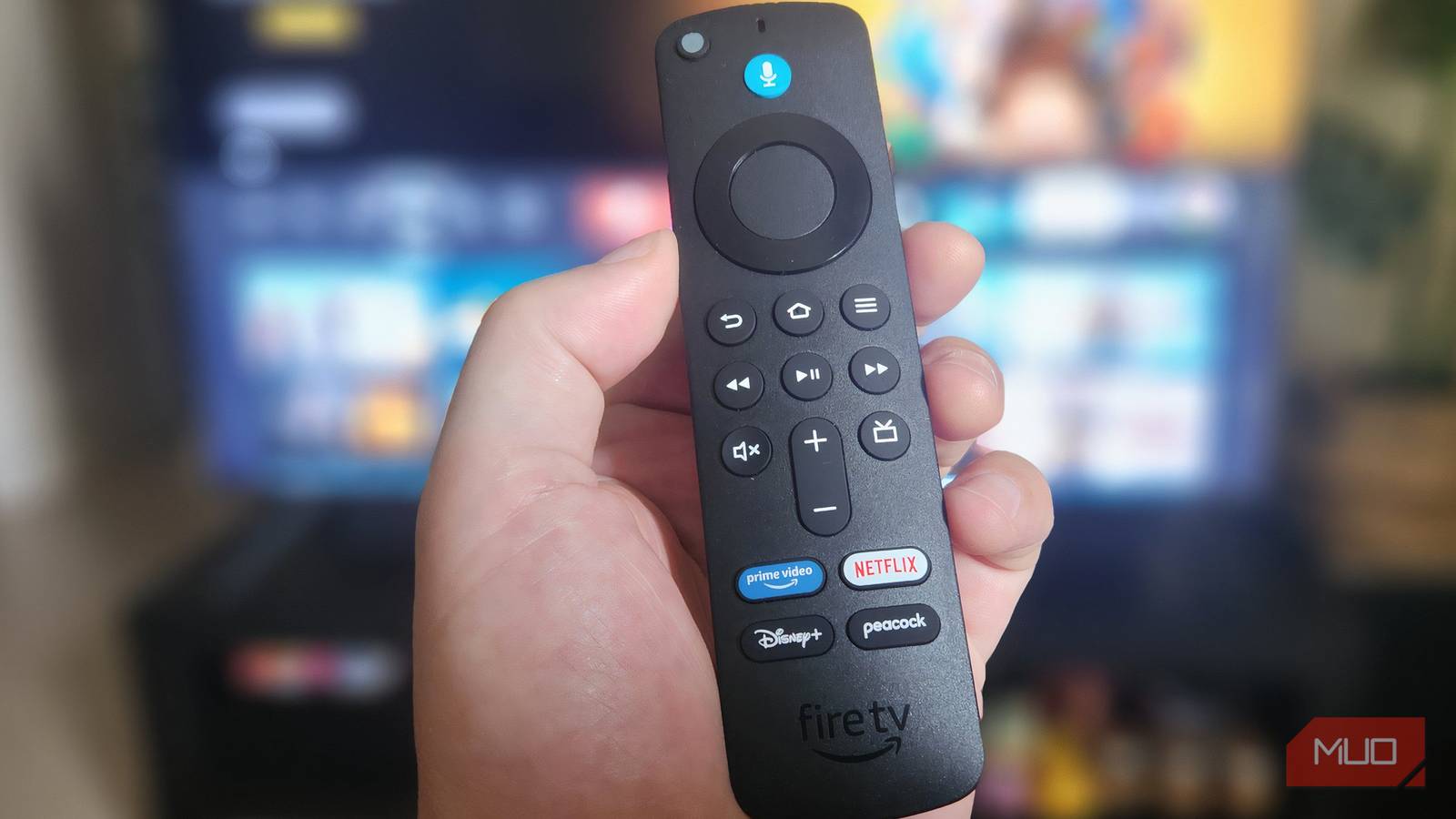The frontier of Web3 development isn’t usually a new L1 or smart contract framework. Sometimes it’s as easy as improving a tool’s speed, smoothness, and accessibility.
One of the most obvious instances is the growth of Telegram-native launch bots, which combine token generation, liquidity supply, and even visibility campaigns into a few clicks.
Orbitt provides a single bot interface for minting tokens, deploying Raydium pools, coordinating trading bots, and triggering trending placement—all driven by carefully planned Solana RPC calls and the Telegram chat interface.
This article explains how it works and how developers can build on it.
The Challenge: Simplifying Token Launch Infrastructure
Token launches on Solana are surprisingly hard. Every successful mint is the result of a series of synchronized processes, including metadata creation, wallet generation and management, liquidity delivery to a DEX such as Raydium, and updating explorers and aggregators to assure visibility.
For non-technical founders, this procedure is lengthy, error-prone, and difficult to duplicate at scale. For developers, the difficulty is clear: how can you connect these operations in a logical way for users, without exposing them to Solana’s underlying logic?
Orbitt solves this by abstracting the backend and wrapping all essential on-chain interactions behind elegant Telegram bot instructions, while still allowing developers to customize the flow.
How Orbitt Combines Solana RPCs, DEX Calls, and Telegram UX
Orbitt operates using a chain of Solana JSON-RPC call-chains. It first generates wallets and mints a new SPL token and conveys the Solana-defined instructions of createTokenAccount, mintTo, and initializeMint.
Next, it communicates with the contracts of Raydium and establishes a CPMM pool where the new token against SOL is deployed.
Once the on-chain procedures have completed, the bot logic of Orbitt validates a transaction, provides visual signatures to the Telegram app, and then has an external option of initiating simulation volume bots.
Such bots behave just like the real traders trading with created randomized wallets and swapping according to specific time schedules based on lightweight automation on more than 10,000 wallets.
The user interface is offered by the Telegram Bot API. It employs the use of buttons, inline queries, custom keyboards, and message parsing to give fast and mobile-friendly updates that favor both technical and non-technical users.
Developer Perspective: Learning from Orbitt’s Modular Design
While Orbitt itself isn’t open source and can’t be modified directly, it offers a compelling architecture that developers can study and build around. Its modular approach—combining Solana RPC calls, Raydium pool deployment, and Telegram bot interfaces—demonstrates how complex blockchain workflows can be made accessible through chat-based UX.
Developers inspired by this design can create adjacent tools or standalone bots that interact with Solana in similar ways. For example, one could build Telegram-based bots for DAO voting, token vesting dashboards, or NFT access control, offering a familiar chat UX while leveraging Solana’s composability.
Orbitt shows that launching a token doesn’t need to be code-heavy or dashboard-bound. It’s a working example of how lightweight interfaces and deep backend orchestration can simplify user experience while preserving blockchain transparency.
This isn’t about forking Orbitt. It’s about learning from its architecture to build your own modular, Telegram-native tools for the next wave of Web3 adoption.
Also, with Orbitt’s Private Pool, creators can snipe tokens stealthily using 50 wallets. Bots boost volume by rotating your tokens through thousands of wallets. When it’s time to sell, they can use the trading panel or an automated market maker. No upfront cost, just a small fee for volume boosting.
Why Does This Approach Work?
Telegram bots provide a very low-friction UX. There are no wallet connection issues, no need to access strange dApps, and no browser dependencies.
Orbitt’s approach works because it abstracts complexity while preserving logic. Power users may still trace transactions and alter strategies, but newcomers can create a token without writing a single line of code.
That balance between capability and simplicity is what distinguishes Orbitt as more than a tool; it serves as a platform for future Solana-native product development.
Conclusion: Telegram as an Onramp to Solana Development
Orbitt demonstrates that a one-tap token launch is not only doable but also reproducible. By integrating Solana RPC calls, DEX liquidity flows, and Telegram APIs into a single interface, friction is reduced throughout the whole go-to-market stack.
For developers, this is more than simply a shortcut. It is an invitation. Anyone may utilize the same construction components as Orbitt does, including standard Solana instructions, public Telegram APIs, and modular logic. Whether you’re developing new bots, improving flows, or simply learning how to abstract complexity, the Orbitt blueprint demonstrates how fast, composable, and user-friendly Web3 tools can be.










